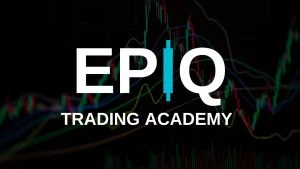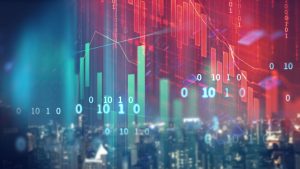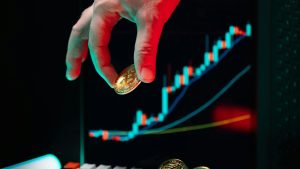When Ethereum rallies, the ripple effects don’t stop at ETH itself. In fact, one of the clearest trends in crypto is that Layer-2 scaling solutions often pump even harder once ETH momentum takes off.
Why? Because when Ethereum grows, demand on the network explodes—bringing higher gas fees, more congestion, and greater adoption. That’s exactly when scaling solutions like Polygon, Arbitrum, Optimism, and Base step in.
Let’s break down why ETH leads and L2s follow, what traders should watch, and how to position smartly in this cycle.
🧱 What Are Layer-2 Solutions?
Ethereum is a Layer-1 (L1) blockchain. It’s the foundation, handling security and final settlement. But it can only process so many transactions per second before fees skyrocket.
That’s where Layer-2 (L2) solutions come in:
- They process transactions “off-chain” (outside of mainnet) and then settle them back to Ethereum.
- Types include Optimistic Rollups, ZK-Rollups, and sidechains.
- The result: faster, cheaper transactions while still leveraging Ethereum’s security.
👉 Think of Ethereum as the highway, and Layer-2s as the express lanes that keep traffic flowing.
🚀 Why Layer-2s Pump When ETH Runs
Here are the 5 main reasons ETH rallies trigger L2 surges:
1. Fee Pressure on Ethereum
As ETH price and activity increase, gas fees rise. Traders, DeFi users, and NFT buyers look for cheaper alternatives—pushing activity directly into Layer-2s.
2. Transaction Overflow
DeFi trading, NFT minting, staking—all of it spikes when ETH rallies. Layer-1 congestion means more transactions are routed to L2s, driving up their usage metrics and narrative hype.
3. Narrative Rotation
Once ETH is trending, traders rotate capital into “ETH ecosystem plays.” Layer-2 tokens become the logical next step, as they are leveraged bets on ETH adoption.
4. Infrastructure Maturity
In 2025, L2s are no longer “experimental.” Bridges, liquidity, and security have improved dramatically. This makes them more attractive for developers, traders, and investors.
5. Sustained Activity
Unlike past cycles where high fees pushed users away, L2 adoption ensures people stay active longer—even when ETH is expensive. This stickiness is bullish for the sector.
📊 Real-World Examples
- In past ETH rallies, tokens tied to scaling solutions like Polygon (MATIC/POL) and Arbitrum (ARB) saw massive inflows of users and liquidity.
- 2025 cycle data already shows that more than half of Ethereum transactions are happening on L2s instead of mainnet—proof that adoption is accelerating.
- As ETH approaches new highs, traders are watching ecosystems like Optimism and Base for outsized moves.
⚠️ Risks to Watch
Of course, it’s not all upside. Here are the risks:
- Security Concerns: Different rollup models have trade-offs (fraud proofs vs validity proofs).
- Bridge Vulnerabilities: Bridges connecting Ethereum to L2s remain common attack targets.
- ETH Correlation: If ETH dumps, L2s often fall even harder—remember, they’re leverage plays.
- Regulation & Protocol Shifts: Upgrades like EIP-4844 and Danksharding may change fee dynamics again.
👉 Always treat L2s as higher-beta ETH plays—more reward, but also more risk.
✅ Final Thoughts
When Ethereum runs, Layer-2 scaling solutions don’t just ride along—they amplify the move. Rising gas fees, network congestion, and narrative rotation all funnel users and liquidity into L2s.
For traders, the takeaway is simple:
- Track ETH first.
- Watch fee pressure and adoption metrics.
- Position into strong L2 projects before capital rotates en masse.
L2s are where explosive growth happens once ETH momentum gets going.
Trade ETH & L2 Rotations With EPIQ
At EPIQ Trading Floor, we help traders catch Ethereum sector rotations early with:
- ✅ Real-time dashboards tracking ETH fees, volume, and L2 usage
- ✅ Daily breakdowns of which L2 tokens are gaining traction
- ✅ Risk management strategies for trading leveraged ecosystem plays
- ✅ A global trader community spotting rotations together
👉 Start your 3-day free trial today and learn how to trade ETH rallies with confidence.
Disclaimer: This content is for educational purposes only and not financial advice.










Responses